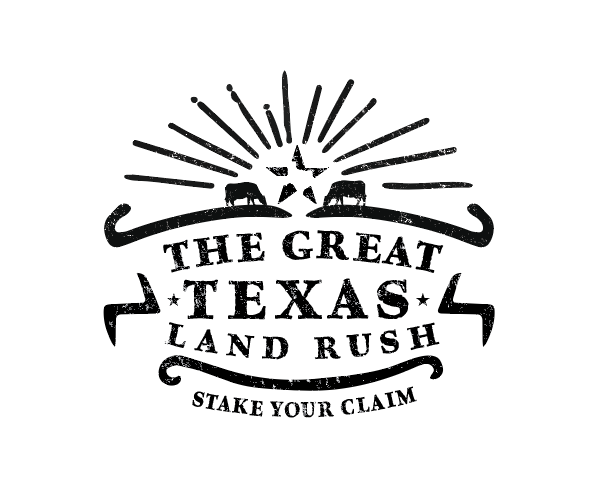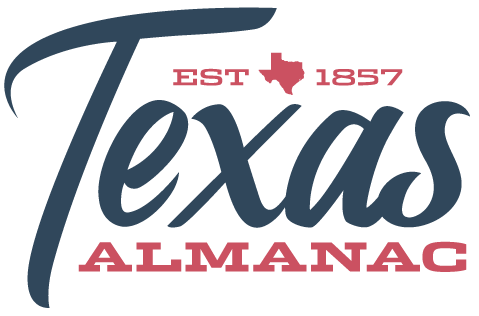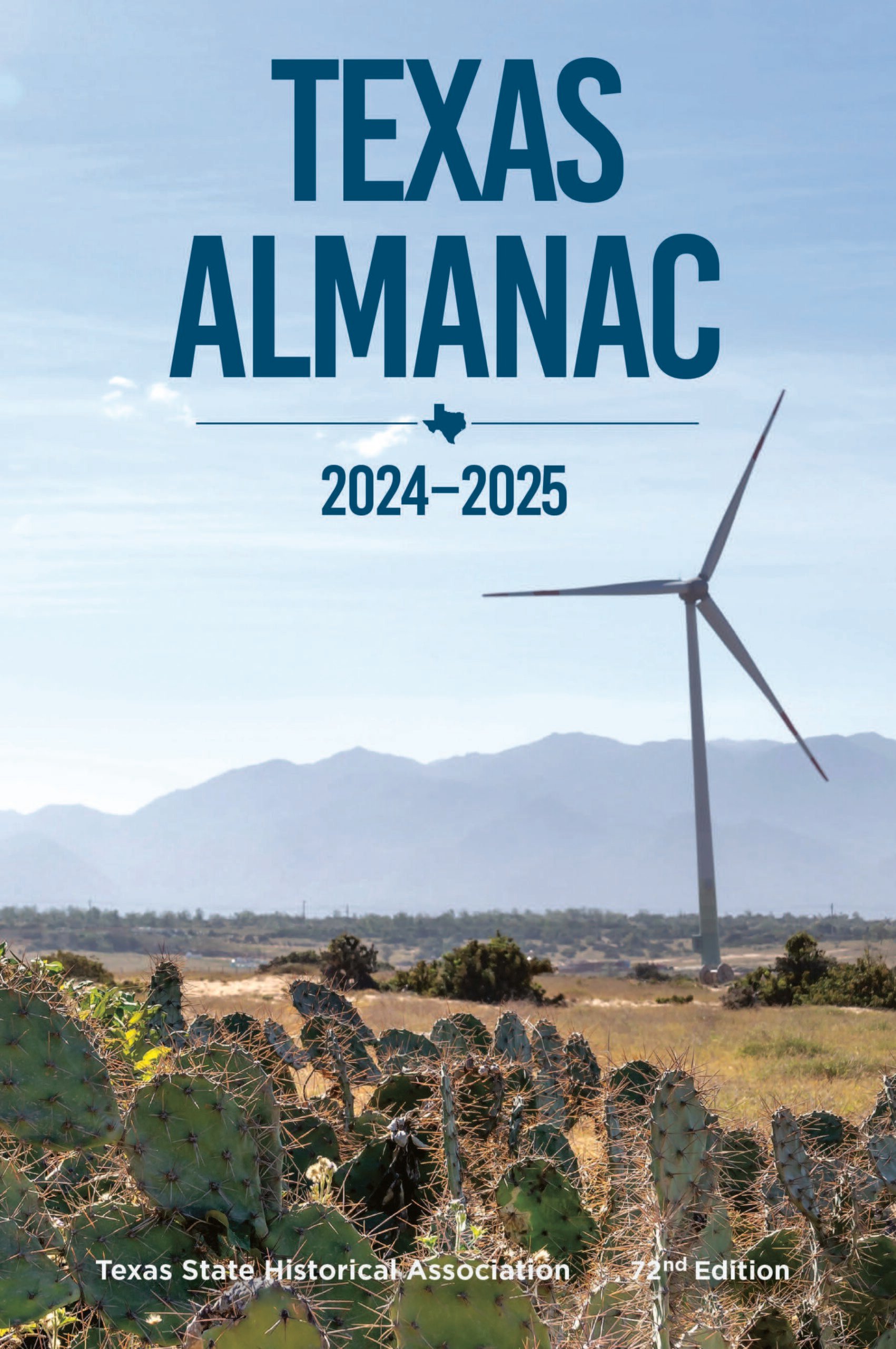Slaton
The site of Slaton, on U.S. Highway 84 fifteen miles southeast of Lubbock in southeastern Lubbock County, was originally part of a tract patented by Eli Stilson and J. I. Case on September 1, 1879. Case, who manufactured farm machinery, sold the property six years later to the Western Land and Livestock Company, which developed it into part of the firm's IOA Ranch. J. W. and Herbert L. Kokernot purchased the land in 1901, promoted settlement in the area, and later sold the property to J. C. Phillips. The community was founded when the Santa Fe Railroad sent W. B. Storey, Jr., from Chicago to establish a townsite as a division point to service trains. The company purchased the townsite on April 15, 1911, and designed its street pattern after the layout of Washington, D.C. The town officially opened on June 15, 1911; it was named in honor of rancher and banker O. L. Slaton, who promised to establish a bank. A post office was established by 1910, and the South Park addition was deeded to L. A. Wells and other developers in that year. At one time Slaton had four daily trains-a northbound and southbound train between Amarillo and Sweetwater, the Amarillo local, and the Lamesa local. It also had a Harvey House restaurant at the tracks. Slaton was the center of the largest division in the Santa Fe system. Santa Fe employees and their families moved there, and the population grew. Businesses included a cotton gin and mill and the Caps and Singleton hotels. The town incorporated on October 26, 1912. The weekly Slaton Journal was edited by E. W. Dickey beginning on June 15, 1911, and a school, established two miles west of the community in 1897, became the center of the Slaton Independent School District on March 9, 1912. By 1931 Slaton had 145 businesses and a population of 3,876; in 1949 it had 117 businesses and a population of 3,587. In the late 1960s the Santa Fe began shutting down operations at Slaton and moved offices to Lubbock, Amarillo, and New Mexico. Slaton lost both residents and retail trade, though a slow, steady growth continued through the 1960s. In 1970 the number of businesses was 155, and the population was 7,250. In 1988 the town had a population of 6,950 and ninety-two businesses. In the late 1980s Slaton had a strong agricultural economy that produced cotton and grain. St. Joseph's Church and School sponsored spring and fall sausage festivals, and the town airport held air shows and other events. A retired locomotive in the downtown center served as a reminder of the importance of railroading in Slaton's history. The population was 6,078 in 1990 and 6,109 in 2000.
Jeanne F. Lively | © TSHA

Adapted from the official Handbook of Texas, a state encyclopedia developed by Texas State Historical Association (TSHA). It is an authoritative source of trusted historical records.

- ✅ Adoption Status:
Belongs to
Slaton is part of or belongs to the following places:
Currently Exists
Yes
Place type
Slaton is classified as a Town
Location
Latitude: 33.44245040Longitude: -101.64727000
Has Post Office
Yes
Is Incorporated
Yes
Population Count, 2021 View more »
5,811

